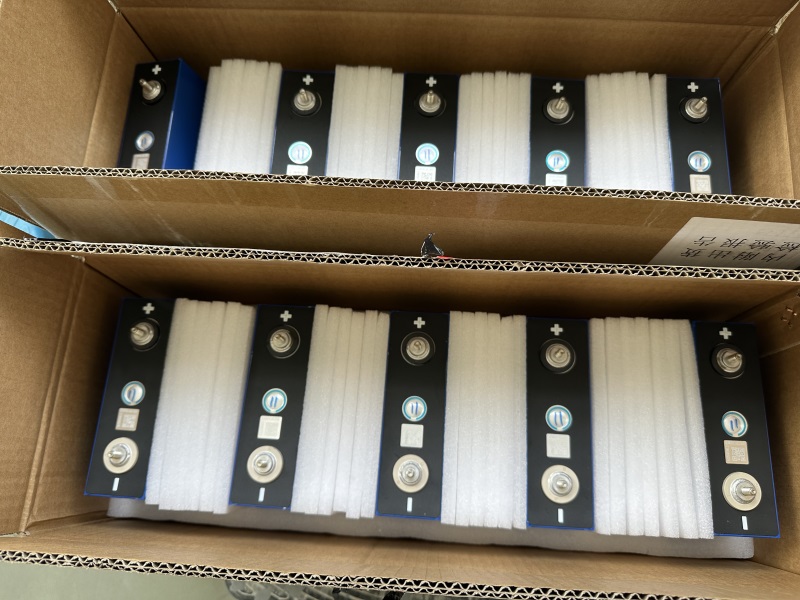
LiFePO4 (Lithium Iron Phosphate) batteries are a lithium-ion variant known for their longevity, affordability, safety, and eco-friendliness. Widely used in backup power systems, marine applications, RVs, and camping gear, these batteries require proper care to optimize performance and lifespan. This guide outlines best practices for charging, discharging, and storing LiFePO4 batteries, addresses common misconceptions, and provides tips for monitoring and troubleshooting.
Proper handling during these phases ensures peak performance and durability.
1. Charging Guidelines
Use a Compatible Charger: Ensure the charger matches the battery’s voltage and current specifications.
Follow CC/CV Protocol: Charge with a constant current (CC) until reaching full voltage, then switch to constant voltage (CV) until current drops to a trickle. Avoid overcharging.
Temperature Range: Charge between 0℃to 45℃(32℉ to 113℉). Extreme heat or cold degrades performance.
2. Discharging Tips
Avoid Deep Discharges: Partial discharges are ideal. Never drain the battery below its recommended minimum voltage.
Moderate Discharge Rates: High discharge rates generate excess heat. Stay within the manufacturer’s specified limits.
Temperature Limits: Operate between 20℃ to 60℃(4℉to 140℉). Freezing temperatures risk electrolyte damage.
3. Storage Recommendations
Partial Charge Storage: Maintain a 40–80% state of charge (SOC) during storage.
Environment: Store in a cool, dry place away from direct sunlight.
Maintenance Checks: Recharge every 6 months to counteract self discharge and balance cells.
Mistake 1: Using an Incompatible Charger
Risk: Overcharging, undercharging, or short circuits.
Solution: Always use a charger designed for LiFePO4 chemistry.
Myth 1: "LiFePO4 Batteries Have Memory Effect"
Truth: Unlike NiCd/NiMH batteries, LiFePO4 cells have no memory effect. Partial charging/discharging does not harm capacity.
Mistake 2: Exposing to Freezing Temperatures
Risk: Frozen electrolyte can crack cells.
Solution: Avoid charging/discharging below 0℃(32℉). If stored cold, warm gradually before use.
Voltage Checks: Use a multimeter to ensure cells remain balanced.
Capacity Testing: Periodically perform full discharge cycles (per manufacturer guidelines) to assess health.
BMS Utilization: A Battery Management System (BMS) safeguards against over voltage, under voltage, and temperature extremes.
Reduced Capacity: Often caused by frequent deep discharges. Recondition with a full charge cycle.
Swelling or Leaks: Discontinue use immediately—physical damage indicates safety risks.
Voltage Imbalance: Rebalance cells using a BMS or balance charger.
By adhering to these practices, your LiFePO4 battery can deliver thousands of cycles reliably. Always prioritize manufacturer guidelines and invest in quality charging equipment to maximize your battery’s potential.
Previous:Chinese Energy Storage Tech Powers Latin America's Largest Solar-Plus-Storage Plant in Chile